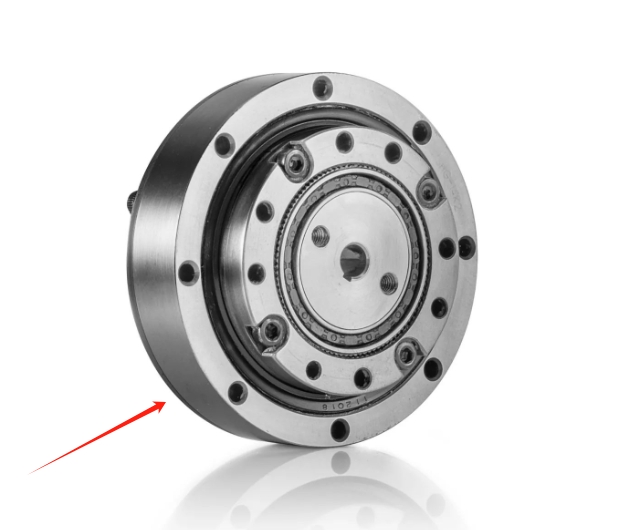
In the fast-paced evolution of modern industry, precision and efficiency are paramount. Micro cycloid reducers have emerged as a critical component in the quest for these twin goals. These compact yet powerful devices are transforming the way precision machinery operates, offering a range of benefits that are indispensable in today's manufacturing landscape.
The Essence of Micro Cycloid Reducers
Micro cycloid reducers are designed to provide high torque and precision in a small footprint. They utilize a unique gear system that combines the principles of cycloidal motion to achieve a high gear ratio within a compact housing. This design allows for a significant reduction in size and weight compared to traditional gearboxes, while delivering the necessary torque and precision for a variety of applications.
Precision at Its Finest
One of the most notable advantages of micro cycloid reducers is their precision. The cycloidal gear design ensures smooth and accurate transmission of motion, which is crucial for applications that require high-precision control. In industries such as robotics, where the accuracy of movement directly impacts performance, micro cycloid reducers play a pivotal role. They are used in robotic arms and precision assembly lines, ensuring that movements are exact and consistent.
Efficiency and Torque in a Compact Form
The compact design of micro cycloid reducers does not compromise on power. These reducers are capable of delivering high torque, making them ideal for applications where space is at a premium but performance is not negotiable. In the automotive industry, for example, they are used in electric power steering systems, where they provide the necessary torque to assist the driver while maintaining a compact design.
Versatility Across Industries
The versatility of micro cycloid reducers is evident in their widespread use across various industries. In the medical field, they are employed in equipment that requires sterile operation and precise control, such as surgical robots and diagnostic machines. In the aerospace industry, their ability to withstand extreme conditions and provide reliable performance makes them a preferred choice for control systems in aircraft and spacecraft.
Durability and Low Maintenance
Another significant benefit of micro cycloid reducers is their durability. The materials used in their construction are chosen for their strength and resistance to wear, ensuring a long service life. The sealed housing protects the internal gears from dust and debris, reducing the need for frequent maintenance. This not only lowers the total cost of ownership but also minimizes downtime, which is critical in high-speed production environments.
Energy Efficiency and Sustainability
As industries strive for greater energy efficiency and sustainability, micro cycloid reducers contribute to these goals. Their high efficiency means less energy is wasted as heat during operation, reducing the overall energy consumption of the machinery they are a part of. This aligns with the global trend towards greener manufacturing and supports companies in meeting environmental regulations and sustainability targets.
The Future of Precision
As technology continues to advance, the role of micro cycloid reducers in modern industry is only set to expand. With ongoing improvements in material science and design, the next generation of these reducers will likely offer even greater precision, efficiency, and durability. They will continue to be at the forefront of innovation in precision machinery, driving progress in industries that value exactness and reliability.
In conclusion, micro cycloid reducers are a testament to the ingenuity of modern engineering. Their ability to deliver high torque and precision in a compact and efficient package makes them an invaluable component in a wide range of applications. As industries continue to demand higher performance from smaller and more efficient systems, micro cycloid reducers stand poised to meet these challenges and drive the future of precision in the modern industrial world.



